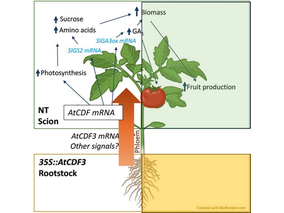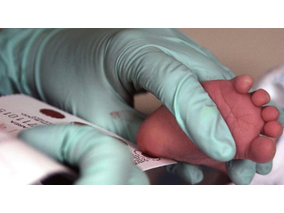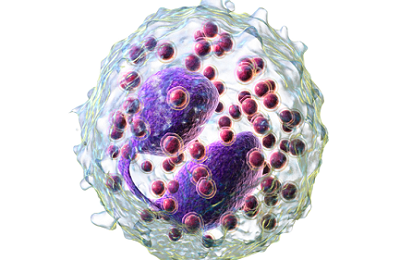Since the early days of biology, evolution has been the basis to understand many biological phenomena. More recently, advances in medicine and technology have made evolutionary biology relevant for many medical topics.
On 6th and 7th October the Centre for Genomic Regulation celebrates its 15th Annual Symposium, which will be focused in the relationship between evolutionary biology and medicine. Evolutionary theory forms the basis for our understanding of the natural world. The development, behaviour and physiology of our own species has been shaped by millions of years of evolution. Furthermore, the interaction of humans with species that directly affect our health and survival is constantly being modified by evolutionary forces through natural or artificial selection. Under the title “Evolution and Medicine”, the conference aims to explore the interplay of these two fields, acting either in our own species or on species directly affecting our wellbeing. Scientists attending this event will explore topics in cancer evolution, the emergence of resistance to antibiotics and other drugs, the origin and evolution of pathogens, and the evolutionary influence on our own construction and predisposition to various diseases.
The conference will merge these two fields and will foster their interaction by presenting innovative approaches to medical questions through the evolutionary biology. The scientific talks are organized around three main topics: Cancer evolution, Genetic Bases of Disease, and Host-pathogen Evolution in Infectious Disease. They will cover research from tumour evolution and dynamics to evolution of infectious diseases. They will also focus on human genetics evolution and its relation and adaptation to disease.
In conclusion, this meeting will be an example of how risky and innovative fundamental research can lead into new approaches for medical application. In this case, it will show how evolutionary biology sheds light to medical topics and contributes to better understand human disease.

AtCDF3 gene induced greater production of sugars a...

Un estudio con datos de los últimos 35 años, ind...

Un equipo de investigadores de la Universidad Juli...

En nuestro post hablamos sobre este interesante tipo de célula del...

It has been examined whether atherosclerosis can be avoided in HGPSrev...
Biotechnology portal in Spain
Subscribe to our newsletter and stay up to date with the latest news and deals!
2013 © Biotech-Spain.com - Site Developments SL. All Rights Reserved. Terms of Service | Privacy Policy
Articles
Directory
